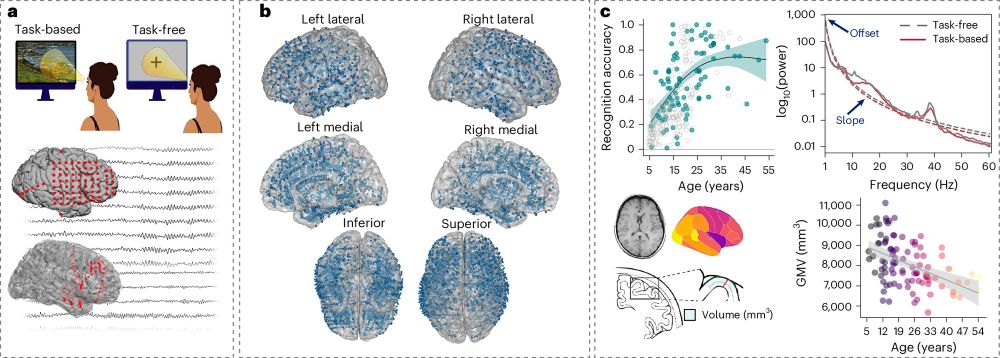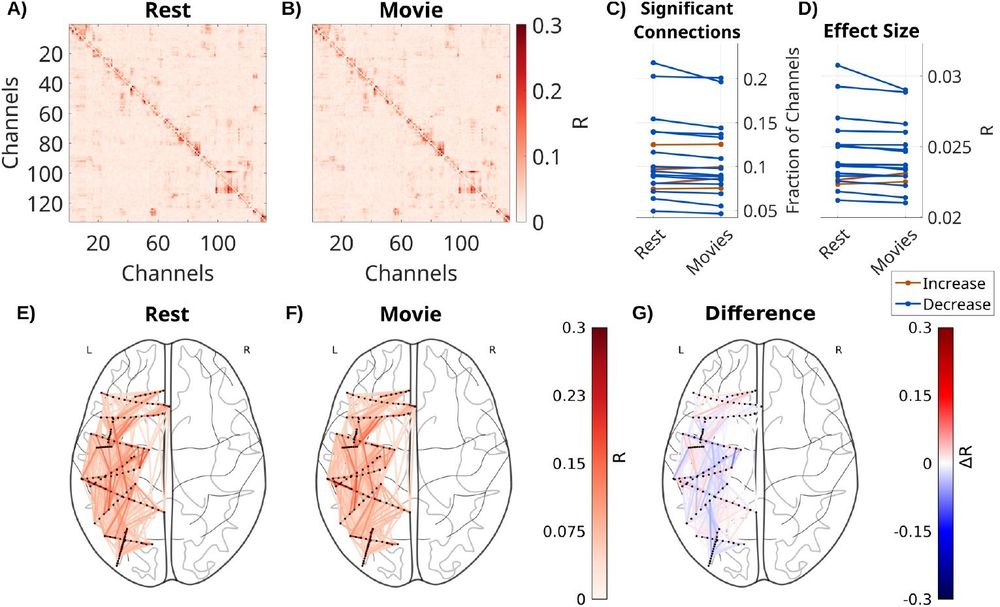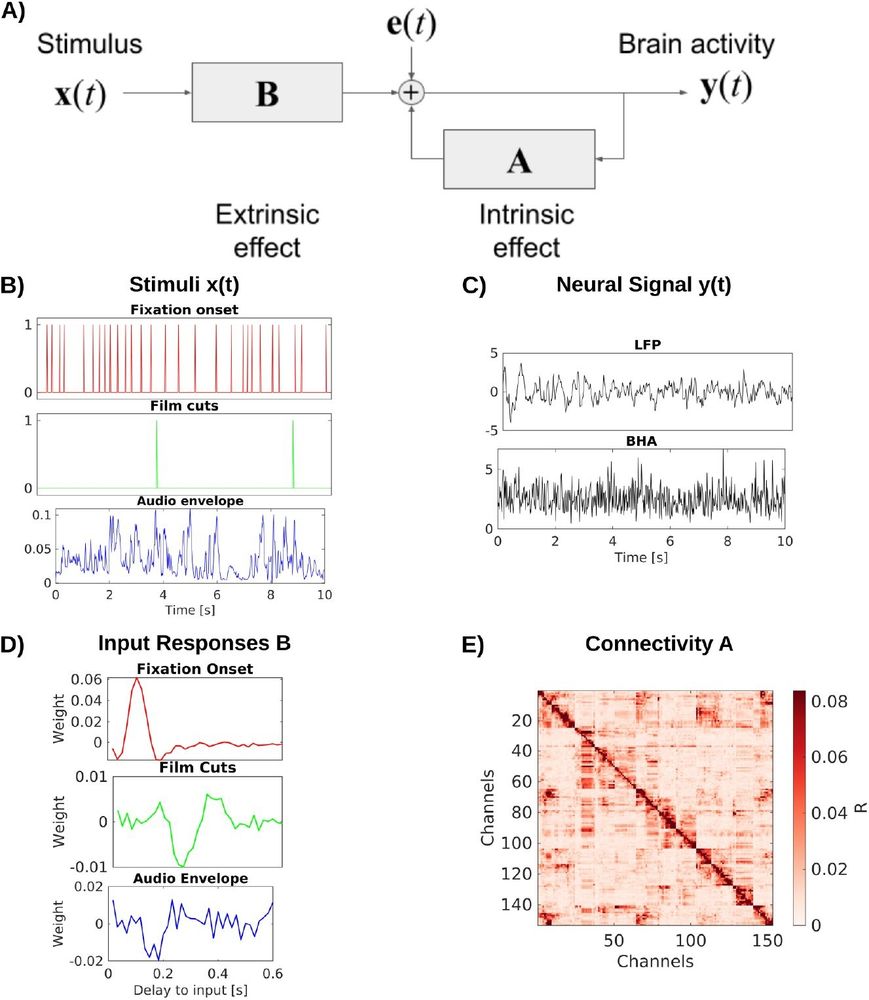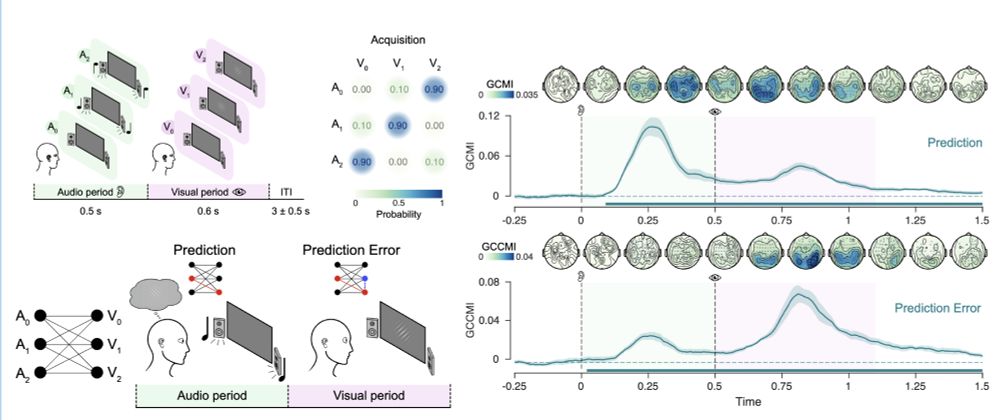Alejandro Blenkmann
@ablenkmann.bsky.social
150 followers
260 following
25 posts
Neuroscientist | PI of AudioPred at @UniOslo-RITMO.bsky.social
Studying predictive processing & developing intracranial EEG methods
Personal page: https://bit.ly/aBlenkmann
#cognition #iEEG #SEEG #perception #attention #neuroscience #predictiveprocessing
Posts
Media
Videos
Starter Packs
Reposted by Alejandro Blenkmann
Reposted by Alejandro Blenkmann
Reposted by Alejandro Blenkmann
Reposted by Alejandro Blenkmann
CLaE
@claeneuro.bsky.social
· May 14

Hippocampal-entorhinal cognitive maps and cortical motor system represent action plans and their outcomes - Nature Communications
When interacting with the environment, humans are able to weigh and select between multiple alternative actions. Here, the authors show that this ability is supported by map-like representations of th...
idp.nature.com













